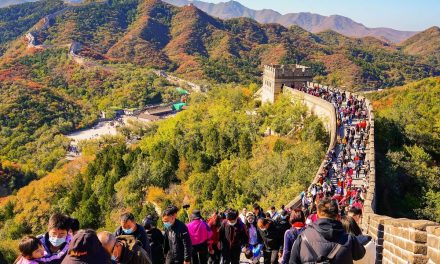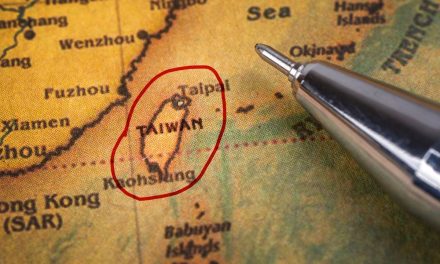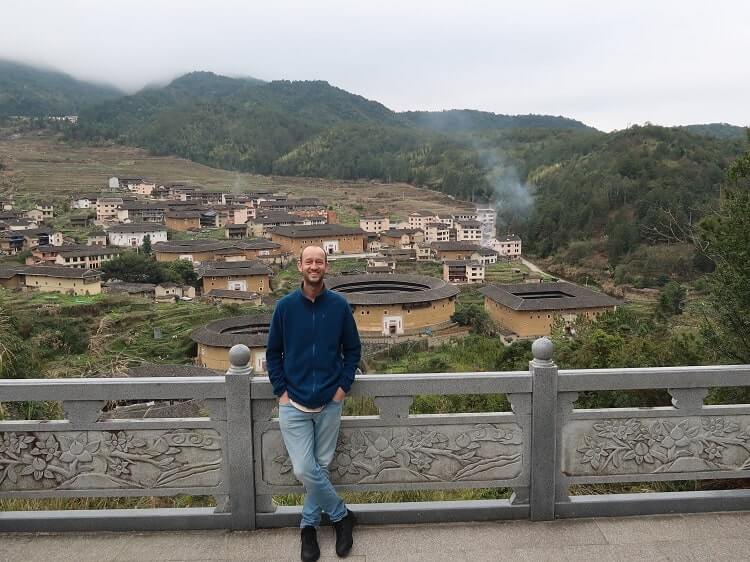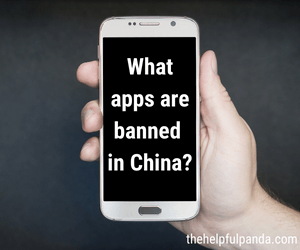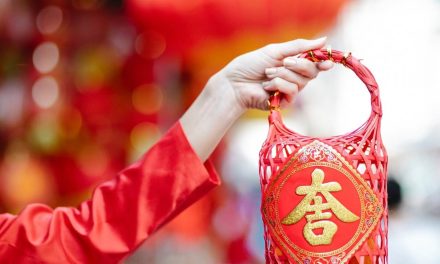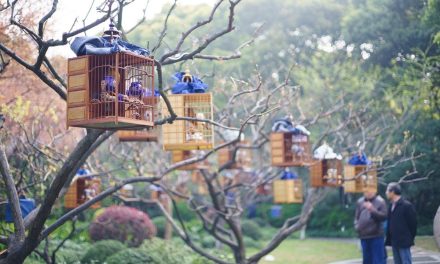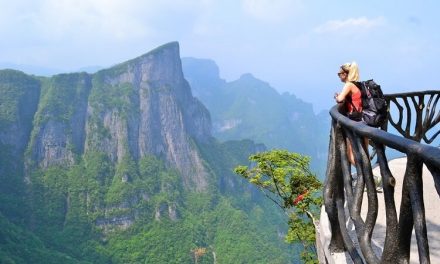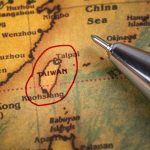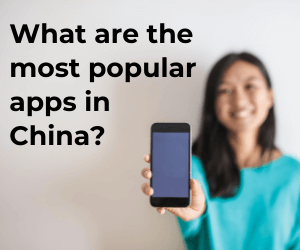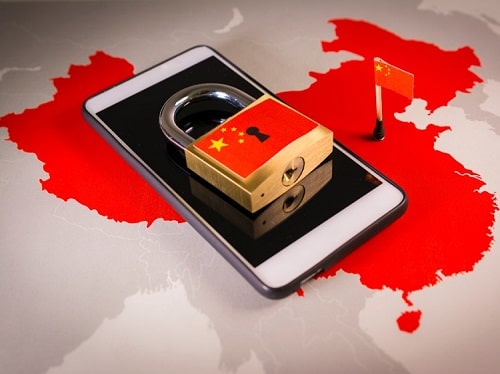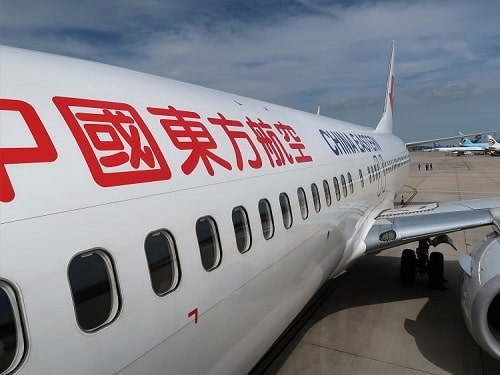So you’re planning a trip Xiamen? Here’s an ideal itinerary.
Xiamen, also known as Amoy, is a modern coastal Chinese city.
It’s known for its relaxed lifestyle and tropical weather. This makes it a great place to live, despite the relatively high cost of living.
Unlike tourist hotspots such as Beijing and Shanghai, which have countless things to do, Xiamen is known for just a few key attractions.
But this is why the city has such a nice vibe, and it makes things easier when it comes to trip planning.
So, here’s my recommended Xiamen itinerary, including a few tips and tricks to help you.
Day 1 – Visit the Fujian Tulou
You’d be crazy to miss seeing the Fujian Tulou. It’s one of the best things to do in Xiamen.
The Fujian Tulou are ancient houses made of rammed earth, mixed with things like stone, bamboo and wood.
The inward-looking circular or square designs are unique local Hakka architecture. The dwellings were built for defense purposes but also to encourage a sense of community with a central courtyard.
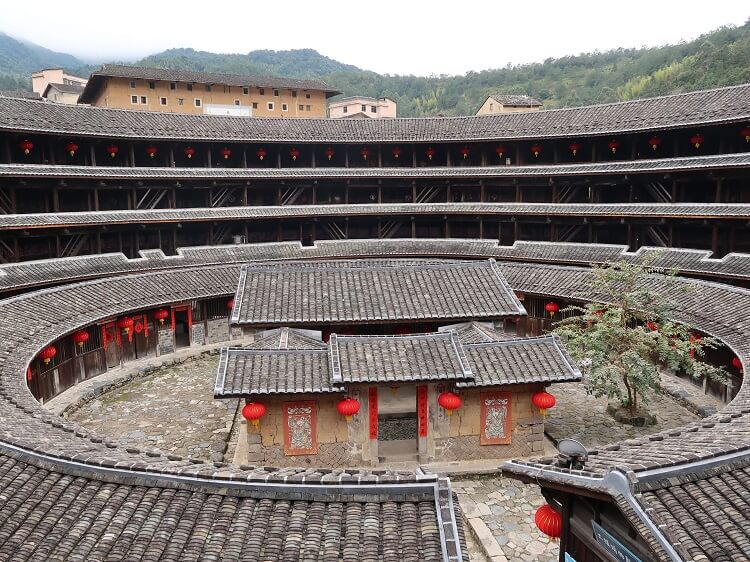
Inside the biggest tulou at Chuxi Village. Image supplied by Mike Cairnduff.

A great view of the Chuxi Tulou. Image supplied by Mike Cairnduff.
The UNESCO recognized Tulou were constructed between the 15th and 20th centuries, and are an amazing example of how humans have settled and adapted to their surroundings.
So, if you’re a history buff, you’ll love exploring this special part of Fujian province.
Before coming to Xiamen, I thought the Fujian Tulou was one site only. But there are actually more than 40 of these significant buildings scattered over a number of rural towns.
So, when you’re planning your Xiamen itinerary, have a think about which ones you want to see.
The ones closest to Xiamen – about two hours’ drive away – are the busiest. That’s why I chose to visit Chuxi Tulou, in Yongding County, which is another hour away.
Getting there by public transport is practically impossible, so I opted for a private tour which was amazing.
Chuxi Village is a cute, small place with a population of just 2,000 people. Apparently, every resident has the same surname!
You can walk a few hundred meters up a mountain for a panoramic view of the village and the Tulou. Although there are numerous earthen buildings in Chuxi, the biggest ones are the most famous.

People still live and work in the tulou. Image supplied by Mike Cairnduff.

Farmer in Chuxi Village. Image supplied by Mike Cairnduff.
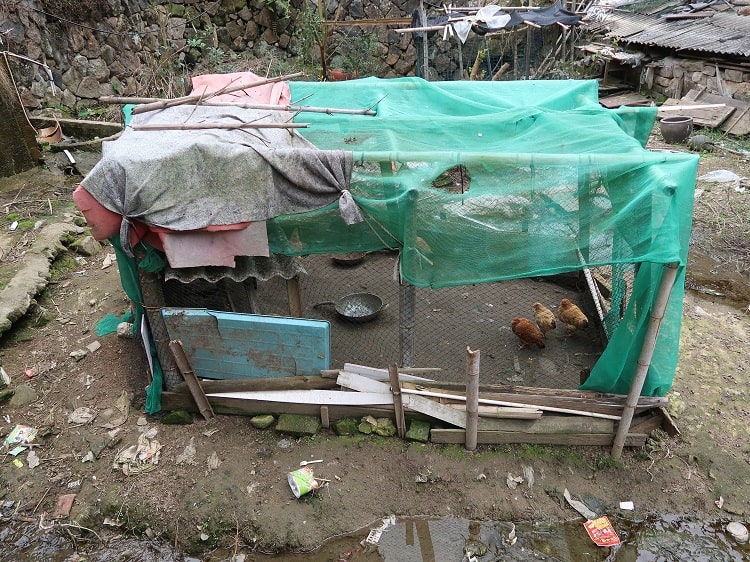
Rural China is an eye-opener! Image supplied by Mike Cairnduff.
What’s great about Chuxi Village is you can walk inside the Tulou, explore and take photos, all whilst the locals go about their daily business.
The locals are obviously used to tourists, and there’s a nice peacefulness to the area. And if you avoid visiting on the weekend, it’s even better.
Take a good look inside the Jiqing Building, which was completed in 1419.
It has lots of stairs and rooms to poke your head in, and it’s technically a museum so there are lots of old artefacts and photos from times gone by.
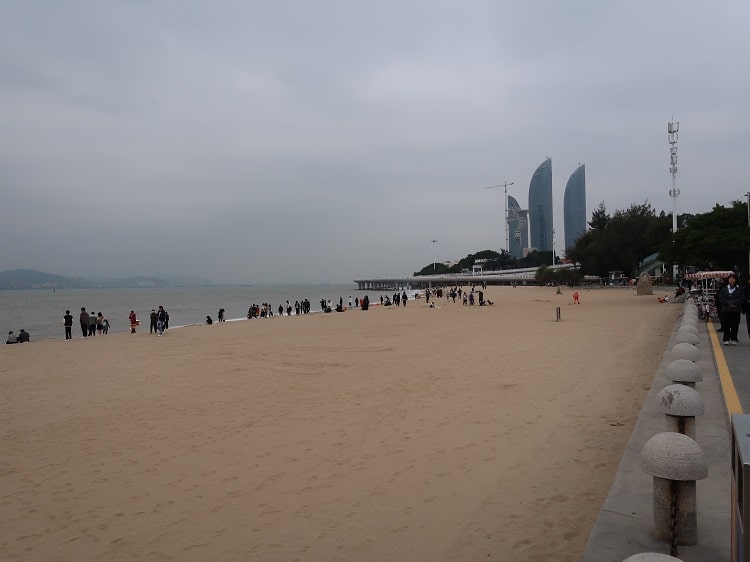
Baicheng Sandy Beach in Xiamen. Image supplied by Mike Cairnduff.
Your tour guide will take you to a local restaurant for lunch, where you can enjoy fresh, authentic Chinese food. I chose two dishes, tofu and stir-fried eggplant, and both were delicious. If only I could cook great Chinese food!
I used the long drive home to catch some Z’s, but by the time we got back to downtown I’d perked up a little.
I asked to be dropped off at Baicheng Sandy Beach, a busy inner-city beach near Xiamen University. It was nice to walk through the sand without shoes (something the locals generally don’t do) and reconnect with nature.
The beach is OK and relatively clean. Just don’t expect the world’s best beach or you may be disappointed. There are plenty of Tripadvisor reviews here.
(I’m from Australia, where most of our beaches are both incredible and empty, so I’m pretty lenient when it comes to beaches in other countries!)
See also: Best beaches in Shenzhen
Another Xiamen attraction, Hulishan Fort, is right next to the beach if you’re up for some more local history.
I decided to take a long walk back to my hotel via the boardwalk.
Day 2 – Explore Gulangyu Island and stroll down Zhongshan Road
Rise and shine early in your Xiamen hotel.
Head for the Xiamen International Cruise Terminal, which is just a few miles from downtown.
Some people – me included – incorrectly assume the terminal at the end of Zhongshan Road (the tourist strip in downtown) is where the ferry departs to Gulangyu.
But this ferry is only for locals who live on the island.
Gulangyu Island
This old treaty port used to be home to foreigners from countries including France, Portugal, the UK, and Japan.
Nowadays though, Gulangyu Island is a tourist island that you can explore by foot and learn about the interesting history.
Cars, scooters, and even bikes are banned on the island. This makes it a nice change from practically everywhere else in China!

Most visitors to Xiamen add Gulangyu Island to their itinerary. Image supplied by Mike Cairnduff.

There’s a mix of European and Chinese architecture on the island. Image supplied by Mike Cairnduff.
Known as Kulangsu in the local Hakka dialect, the island was recently granted UNESCO World Heritage Site status.
There are some bloggers who suggest you stay on the island for an entire day, and even stay the night there.
But I think about half a day on Gulangyu is a good amount of time.
Just make sure you get to the ferry terminal by 9 am at the latest, so you can buy your ticket, board the ferry, and arrive by about 10 am.
During weekends and holidays, I recommend getting to the ferry terminal by 8 am.
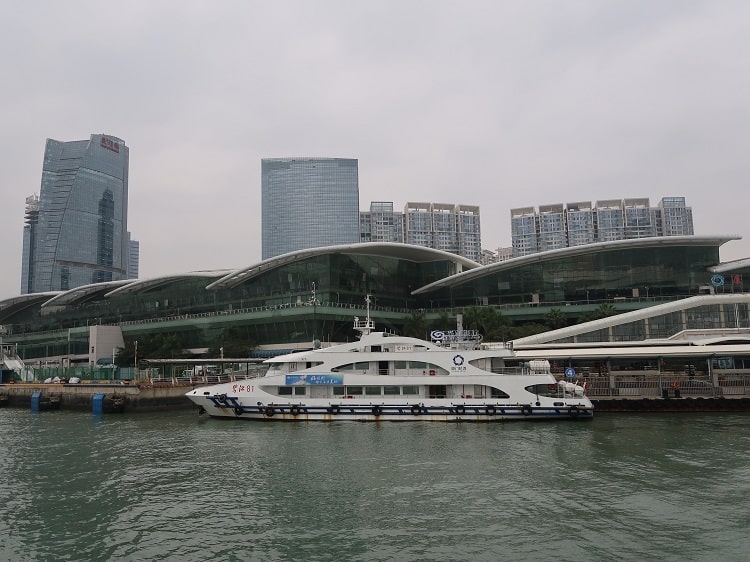
Xiamen International Cruise Terminal. Image supplied by Mike Cairnduff.
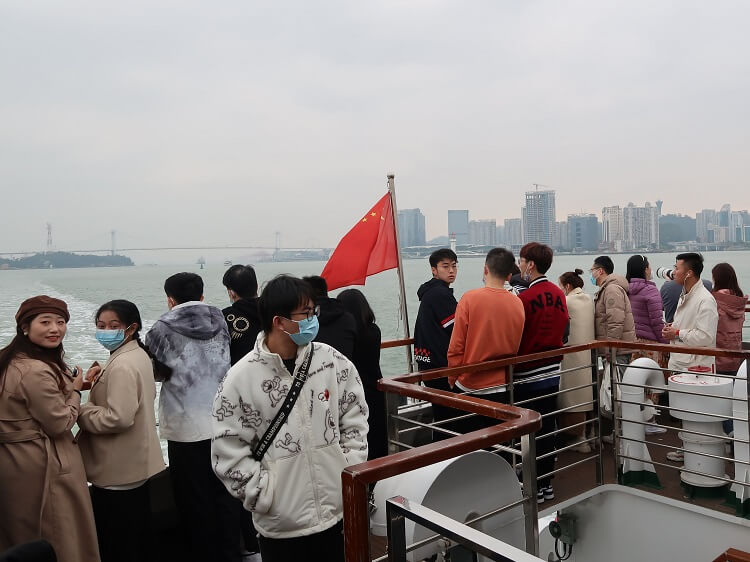
A ferry full of patriotic locals. Image supplied by Mike Cairnduff.
Once you arrive at Gulangyu, you can visit whatever historical site takes your fancy. There’s no set direction to go in, so just take your time exploring the alleyways, museums and colonial architecture.
The island is well signposted, or you can buy a map for less than US$1 when you get there.
I made a beeline for the Piano Museum, which costs a few dollars to get into. If you’re interested in going inside all the main buildings, then you can buy a ticket that incorporates all of them.
Gulangyu Island is often referred to as ‘Piano Island’ because it’s the first place in China to have pianos and establish a connection with Western music.
In fact, foreign missionaries built churches on the island to encourage the popularization of Western music.
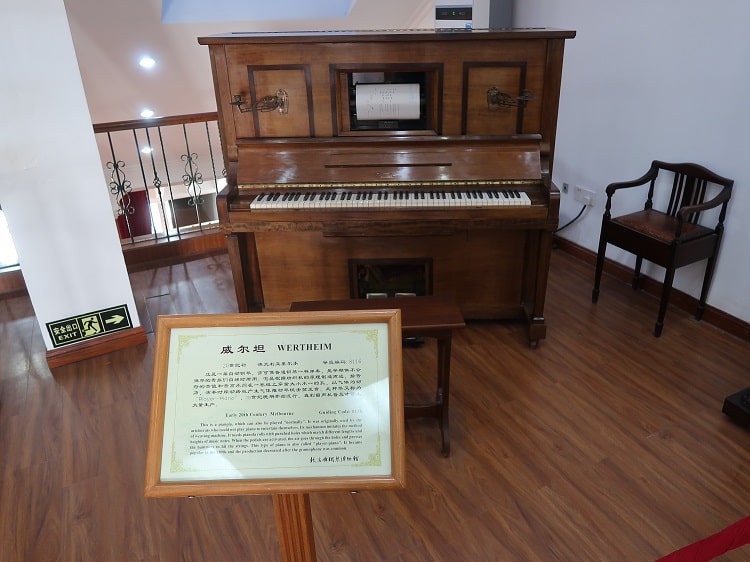
One of the grand pianos in the museum. Image supplied by Mike Cairnduff.
I’ll be honest – the island is super touristy, packed with tour groups from across the country. But for a nation of 1.4 billion people, this is normal at all the main attractions in China.
And, although I’m sure the authorities want you to believe “it’s for your safety”, I was constantly distracted by the not-so-subtle surveillance cameras located every few meters.
For me, this makes the place feel more like a modern-day fortress than a relaxing holiday island.
Another downside to Gulangyu are the beaches. They’re lovely, but you’re not allowed to swim in them.
Having said that, if you like visiting historical sites and seeing a fusion of architecture, then you’ll enjoy spending time on Gulangyu. And the 20-minute ferry ride is a nice experience too!
Once you’re done exploring, you can have lunch at one of the countless restaurants on the island, and catch the ferry back to the mainland in the afternoon.
By the way, there are plenty of accommodation options on Gulangyu. But a word of advice – if your flight arrives late in Xiamen, you won’t be able to get to the island as the tourist ferry only operates until about 5:30 pm.
That’s why I recommend you use the downtown area as your base.

It’s easy to order food without knowing any Mandarin. Image supplied by Mike Cairnduff.

Vegetarian noodles for lunch, yum! Image supplied by Mike Cairnduff.
Zhongshan Road
This is the main commercial and shopping street in Xiamen.
Take a taxi from the international cruise terminal to Zhongshan Road, or walk an hour like I did (I needed the exercise after eating two bowls of noodles on Gulangyu!).
Along Zhongshan Road, take your time looking in the big and small stores, shopping for souvenirs, and soaking up the atmosphere. The place comes alive later in the day.
See also: Best souvenirs to buy in China
There are spots to eat along Zhongshan Road, but you’d be better off ducking into one of the side streets for cheaper – and probably better – local food. I had a meal for about $3.

Zhongshan Road is the main commercial street. Image supplied by Mike Cairnduff.
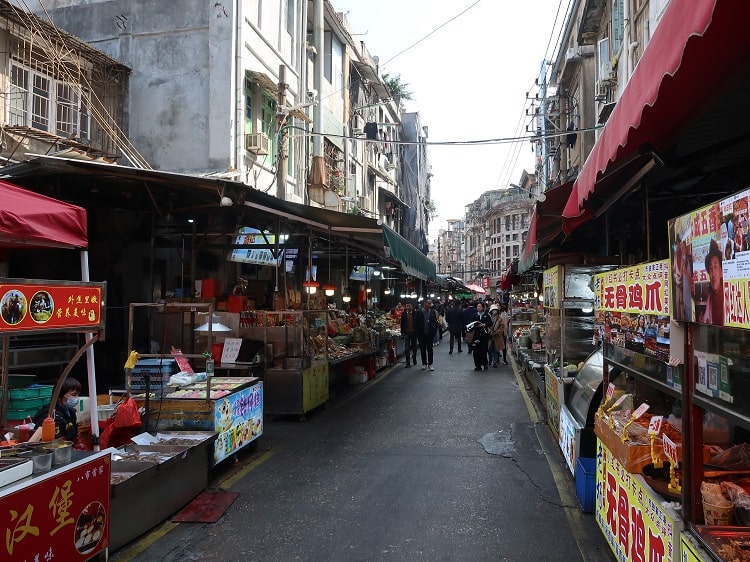
There are sea creatures galore at Eighth Market. Image supplied by Mike Cairnduff.
If you’ve got a strong stomach, I recommend a wander through Eighth Market. The locals call it “Ba Shi” (八市), and it’s the city’s original food market.
It specializes in seafood, but you’ll also find heaps of other smelly and strange food!
The good news is it isn’t too far from Zhongshan Road. Just make sure you follow your map app as the alleyways can get a little confusing.
Head back to your hotel once your feet can’t go any further, or if you’d prefer to eat dinner there.
Day 3 – Say “Zai jian” to Xiamen
It’s time to say goodbye to Xiamen and head for the airport, which is just 20 minutes from downtown by taxi. The city’s sparkling subway doesn’t go there.
However, if your departing flight isn’t until the evening, there are a few more things you could squeeze into your Xiamen itinerary. I mean, why not?
The tropical nature of the city lends itself to some amazing flora and fauna. So, buy a bottle of water and take a hike around the Wanshi Botanical Gardens.
Wanshi means ‘10,000 stones’ in Chinese, in reference to all the strangely shaped rocks you’ll find in the gardens. There’s also a staggering 10 acres (4 hectares) of cacti imported from overseas.

There are other attractions in Xiamen but nothing comes close to Fujian Tulou. Image supplied by Mike Cairnduff.
Not far from the botanic gardens is Nanputuo Temple.
Now, I’m not a temple-loving kind of guy, but you might be! So if that’s the case, spend some time checking out the city’s most famous holy spot.
And if you’ve still got fuel in the tank, then take a stroll around Xiamen University.
It’s one of the nation’s top educational institutes and has lovely grounds for you to explore or just watch the world go by.
Spending more time in Xiamen?
If you want to extend your time in the area, then consider visiting the magnificent Wuyi Mountains.
They’re on the border of Fujian and Jiangxi provinces (you can see the highlights of every Chinese province here).
The whole area is a UNESCO World Heritage Site and the mountains are often described as some of the most beautiful in southeast China.
It’s a place of dramatic gorges and crystal-clear water. It also has amazing biodiversity and is home to a number of endangered animals that can only be found in China.
Wuyi Mountains are about 3.5 hours from Xiamen by bullet train, so plan ahead. It’s not something you can do on a day trip from Xiamen.
Heading to Xiamen soon?
If you’re planning a trip to China, don’t forget the internet is censored.
So, when using Wi-Fi, you won’t have access to your favorite sites and apps like Instagram, Facebook, YouTube, Gmail, Google and heaps more, unless you get a VPN before you arrive.
Please refer to my review for the best China VPN (or skip the review and go straight here).
Just make sure you download it before you arrive as VPN sales are blocked in China.
Your Xiamen itinerary in a nutshell
Too long, didn’t read?
If you’re only in Xiamen for a few days, I recommend spending at least one of those days getting out of the city to see the famous Fujian Tulou.
They’re the unique earthen buildings in circular and square shapes, and different villages have different kinds of them. The more time you can spend exploring the Tulou, the better.
If the weather’s nice and you don’t mind crowds, you could dip your toes in the water at the inner-city beach of Baicheng on your way back to the hotel.
On your next day in Xiamen, take the ferry to pedestrian-only Gulangyu Island and check out all the historical sites at this old treaty port.
Later in the day, shop and dine on Zhongshan Road, before ticking off Xiamen from your China bucket list!
I hope my Xiamen itinerary has helped with your trip planning. Let me know in the comments if you have any questions. Next, check out all the things you can do in Xiamen or check out some interesting and crazy Chinese customs.
Keep discovering this part of China
The east coast of China is known for its natural beauty, culture, food and lots more:
- See the things to do in Fujian province
- See the things to do in Fuzhou city
- Check out the Fuzhou itinerary
Main image credit: Supplied by Mike Cairnduff.
FAQ about traveling to Xiamen
Is Xiamen worth visiting?
Absolutely! With all-year-round nice weather, it’s a great Chinese city to visit. Plus, there’s a couple of UNESCO World Heritage Sites in and near the city – Gulangyu Island and the Fujian Tulou.
What is Xiamen known for?
It’s known for being a modern, coastal Chinese city (sometimes referred to as Amoy) that has pleasant weather and a relaxed vibe. It’s also known for being one of the closest mainland Chinese cities to Taiwan Island. Kinmen County – a tiny island controlled by Taiwan, is just a stone’s throw away from downtown Xiamen.
What are the best things to do in Xiamen?
I recommend visiting the ancient Fujian Tulou buildings, as they’re by the far best tourist attraction in the area. If you have more time, take the ferry to pedestrian-only Gulangyu Island, shop and dine on Zhongshan Road, or visit the inner-city beach called Baicheng.
How far is Xiamen from Shanghai by train?
It’s about 5-8 hours depending on the kind of train you’re on and the departing/arriving station. The track is roughly 1085 km (674 mi) long.
Is Xiamen in Taiwan?
No, Xiamen is located on the east coast of mainland China, about two hours’ north of Shanghai by airplane. It’s one of the closest mainland Chinese cities to Taiwan. There’s also a tiny Taiwan-controlled island called Kinmen which is just a stone’s throw away from downtown Xiamen.


